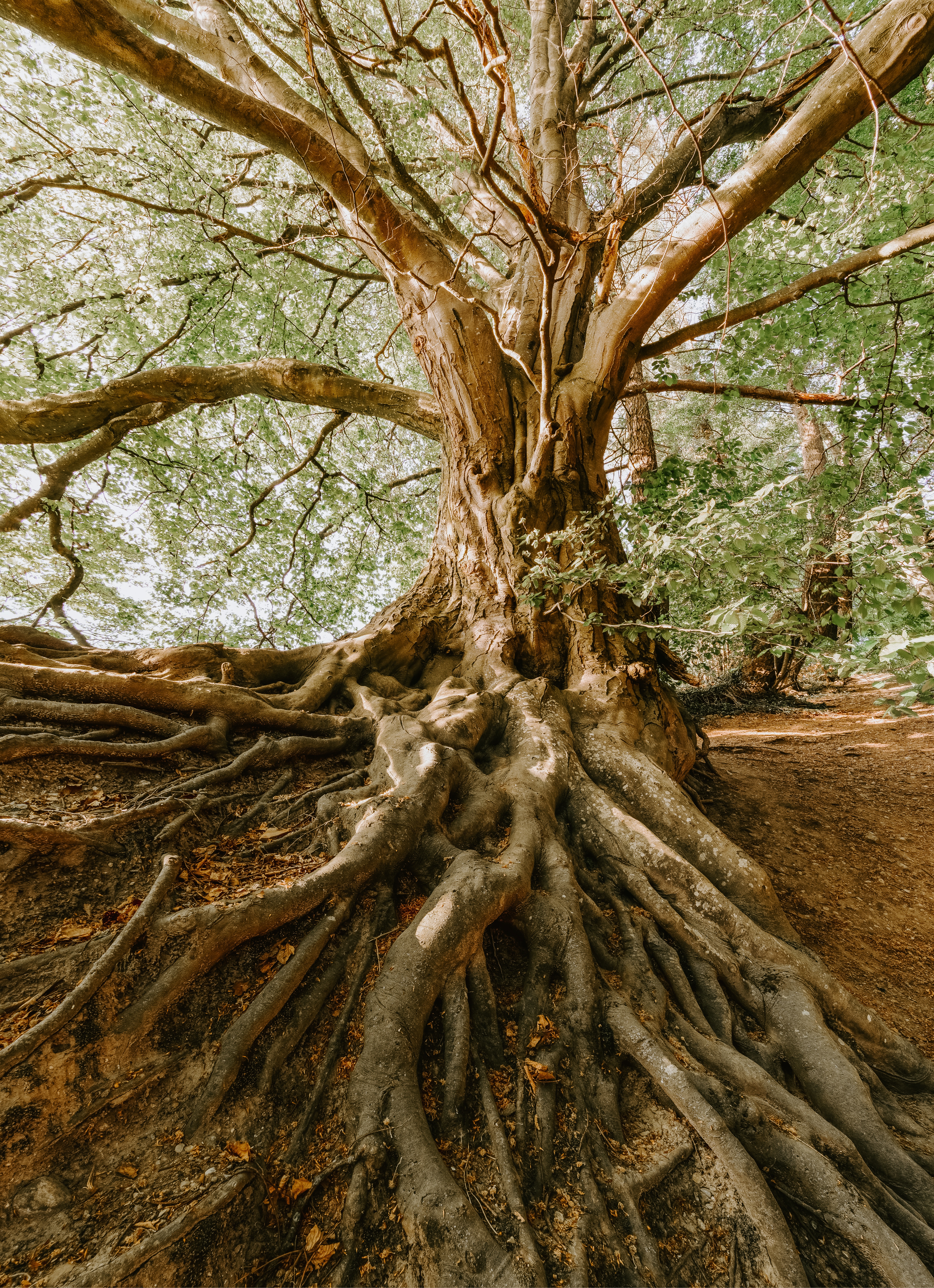By Laurie L. Dove
Originally written for www.science.howstuffworks.com
The title of oldest tree in the world is, surprisingly enough, up for grabs.
Since about 2018, a majestically gnarled bristlecone pine in California has held the designation, only to be usurped by a new up-and-comer discovered on a Swedish mountaintop. Not to be outdone, a controversial find in a Chilean forest has tree aficionados wondering whether an ancient cypress could actually be hundreds — yes, hundreds — of years older than any known living tree in existence.
With the competition literally growing, crowning the world’s oldest tree is much more complicated than one might think. So, which tree is the oldest in the world?
A Generational Front-runner for World’s Oldest Tree
To see the world’s oldest tree, or one of the frontrunners for world’s oldest tree, one must travel to a mountaintop in Sweden where a spruce tree has kept its tenacious hold on life for nearly 10,000 years. The spruce tree, which took root at the end of the world’s last ice age in about 7542 B.C.E., was discovered by scientists surveying tree species on Fulufjället (Fulu for short) Mountain in Dalarna province in 2004. Its age was confirmed by carbon dating in 2008.
The type of tree — and its age — came as a surprise to Leif Kullmann, professor of Physical Geography at Sweden’s Umeaa University. Kullmann led a team of researchers to a spot near the summit of Fulu Mountain, where they found a cluster of spruce trees that were more than 8,000 years old, and among them, evidence that a single tree had been in existence for 9,550 years. (Kullman named the tree Old Tjikko, in honor of his late dog.)
“It was a big surprise because we [previously] thought … that this kind of spruce grew much later in those regions,” Kullmann said in an interview with the Daily Mail.
Kullman now believes that people immigrating across a land mass close to shrinking glaciers may have introduced the spruces. “[There was a ] big change in our way of thinking,” Kullman told the Daily Mail. “We have also found fossil acorns in this area and people may have taken them with them as they moved over the landscape.”
The discovery of the mountain spruce is not without controversy, however. The tree’s remarkable age is attributed to its root system, which has been alive for at least four generations; the visible part of the tree — the trunk, branches, cones and needles — only lives for about 600 years. When the trunk dies, a cloned stem takes root to replace it. The ability to replace a new trunk from the tree’s root system has been key to its lengthy survival, say researchers.
Is a long-living clone growing from a generation-spanning root system still the same tree? It’s a question scientists and researchers (and record-book publishers) will need to debate. One thing, though, is certain: If you consider that all the world’s oldest trees have lived anywhere from 5,000 to nearly 10,000 years, they are each a living example of nature’s ingenuity.
While even the shortest-lived trees (like most fruit trees) can survive for 50 years, some species (like pine trees) grow so slowly that even at the age of 40, they may only be 6 inches (15 centimeters) tall. This “slow and steady wins the race” strategy appears to be a winning one, at least when trees are young, but changes as trees age.
A study published in the journal Nature reports that the older a tree is, the faster it will grow. Previously, prevailing thought was that tree-growth slowed with age. Now researchers know that the largest and oldest trees can increase their wood, bark and leaf mass by 1,300 pounds (about 600 kilograms) each year. And, unlike most living creatures whose cells change and break down with each day that passes, many trees don’t have an age limit. While trees can succumb to being cut down, or to fire, insect infestations, diseases or natural occurrences like lightning, some trees could technically live indefinitely.
Previous and Potential Record-holders for World’s Oldest Tree Title
Before the Egyptians had even started constructing the famed pyramids of Giza, there was a tiny tree putting down roots in the White Mountains of eastern California. This tree, a bristlecone pine dubbed Methuselah, is still growing in California’s Great Basin and was once believed to be the world’s oldest tree. Tree-ring data from a core sample of its trunk estimates its age at 4,853 years old.
But in 2022, a Patagonian cypress in Chile, known as Gran Abuelo (great-grandfather) or Alerce Milenario, was discovered and is thought to be a new candidate for world’s oldest tree. This particular tree, found growing in a ravine in Chile’s Alerce Costero National Park, is estimated at 5,484 years old, which is more than 600 years older than Methuselah.
Chilean environmental scientist Jonathan Barichivich, who found and studied the tree, plans to publish the results in a forthcoming scientific journal, and has been presenting the findings at conferences. But because Barichivich estimated the tree’s age based on a partial sample of the core, there is some controversy surrounding the accuracy of the estimate.
Whatever their age, the world’s oldest trees are vital — not only to the health of their respective environments, but as a measure of climate change. By studying the trees’ core samples, scientists are able to see the impact of environmental changes on the trees and their surroundings.
